About the Name of the Karmravor Church
In Ashtarak city of Aragatsotn province, there is an old church which has a name of Karmravor Church. This is an interesting name for the church and most of the people like to find out where it comes from.
According to the tradition, in Ashtarak, three sisters were living. They were in love with a boy whose name was Sargis. Two sisters, the elder ones, decided to sacrifice themselves for the sake of their sister’s happiness. One of them wore a dress in orange colour, another one wore a red dress. They threw themselves in a deep canyon. Hearing about this bad news the little sister also ended her life throwing herself to the same canyon wearing a white dress. And Sargis became a hermit from the grievous sorrow.
Afterwards, on the edge of the canyon, three churches appeared: Karmravor (wearing red), Tsiranavor (wearing apricot, orange) and Spitakavor (wearing white).
There is another view of the name of the churches. On one of the murals of the Spitakavor church, St Mariam’s headstall is white, in Karmravor church it has a red colour and in Tsiranavor – orange.
The Church Currently
Karmravor church is the only church which persists the red roof made of tile still. It is a crucial church that has a dome. There are inscriptions on the walls of the church. In those inscriptions, people can find about the inhabitants of the village who established the church. And also writings about the difficulties during the construction of the channel of irrigation.
There are interesting khachkars around Karmravor. The most important and remarkable one is Tsak-Qar.
Anciently, the church was a monastery of the nunnery. There are two antiquities from the ancient times. One of them is an Indian curtain with an illustration that was brought from Kolkata. Another one is a manuscript.
The door of the church is wooden. Sargis Poghosyan, a national master, engraved it goodly.
There is a place out of maintenance, where Gevorg Emin’s grave is.
In 1956 there was a work of renovations. During those days the chapel from the western part stopped existing. It was an artless building from the 1860s that undermining the form of the monument.
The History and Murals of Karmravor
There isn’t any date about the establishment of the church in bibliographical sources. In scientifical sources, we can see the view, that the date of the establishment was the seventh century, as a church of government.
From the inner side, there are many murals on the walls.
Before the renovation, the murals on the walls were very unclear. The reason of this was a big amount of dust. It was almost impossible to see the original murals, but after the renovations, painters tried their best to have a good result.
After examining the inner walls of the church the archaeologists concluded that from the beginning it was completely plastered by sand and extinct calx.
The painter who made the murals was probably an Armenian. He wrote the names of the saints and Christ in the Armenian language. He worked by two stages. First, he did a sinopia, means graphics. For that, he used dark black paint like coal. Then he painted by the paint that was from pigment and organic bases. Unfortunately, all these beautiful works disappeared during the time. We can only see the bright red bridle of the horse of St Sargis and green and red parts of Jesus’s pillow of his throne. In all probability, the distortions of the murals happened because of the plaster, that in the period of Soviet was done.
8th century
After analysing intentional destruction of the faces and hands in the murals archaeologists concluded that it happened in 7-8 centuries. There are two views on that. Since 726 Levon of Isavra prohibited the worship to the icons till 843. That time orthodoxy won in Byzantine. In 716 Yezid II caliphate commanded to destroy all the icons in Armenia. Very often he ordered Armenians to do that work. Later people from Byzantine blamed Armenians, that they did not accept the icons.
The Works of 2016
In 2016 started the works of clearance and recovery of the murals of Karmravor church. In the same year, the works were over.
As the Ministry of Culture tells, architect Ara Zaryan and an expert in the recovery of murals Kristin Lamughe took part in the works and supported.
As a result of the works, we saw, that inside Karmravor church there are ten icons. Those icons prove that in the seventh century the Armenian mural was great. Hereinafter all the believers, tourists and pilgrims that will visit Karmravor church, they will have a chance to enjoy not only one of the jewels of the Armenian architecture but also admire with one of the brightest examples of Armenian murals.
For further safety, they decided to light candles outside the church.
A Little Information about Ashtarak City
So if you decided to visit Karmravor church and know more about it, you will need to have a little walk in Ashtarak city.
The location of Ashtarak city is Aragatsotn province, on the shore of Kasagh river.
In Armenian historical sources, you can learn about the existence of the city since the 9th century. It has a history of thousands of years. Its sculptures, residence and monuments of Bronze Age prove this fact.
Since the ancient times till now Ashtarak has a very important place of having worthwhile roads.
Karmravor District
This block has a name of Karmravor church. On the southern part of St Astvatsatsin (Karmravor), very near to the church is this quarter. Its block has only two or three streets full of stones. It has no vegetation. The houses are mainly one-storied buildings. In Karmravor district were born Nerses Ashtaraketsi, Perch Proshyan and Smbat Shahaziz. Currently, all the district is destroyed and abandoned, except the houses of Nerses Ashtaraketsi and Perch Proshyan.
Even if there is no vegetation and most of the old districts aren’t for living, still there is the spirit of the old ages. Every time you visit there your interest won’t decrease and you will want to visit more and more.
The church is not huge by size, but the history of its stones, murals and the name will take you there.


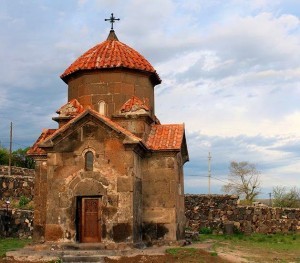
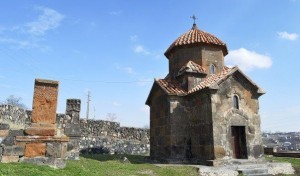
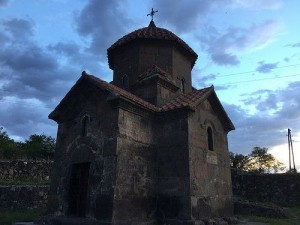
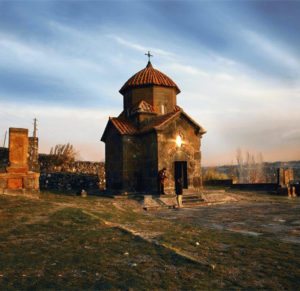
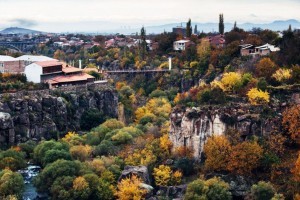
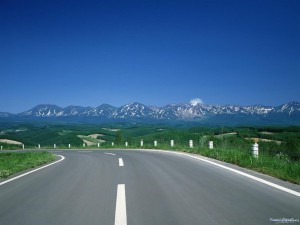





Leave a Comment